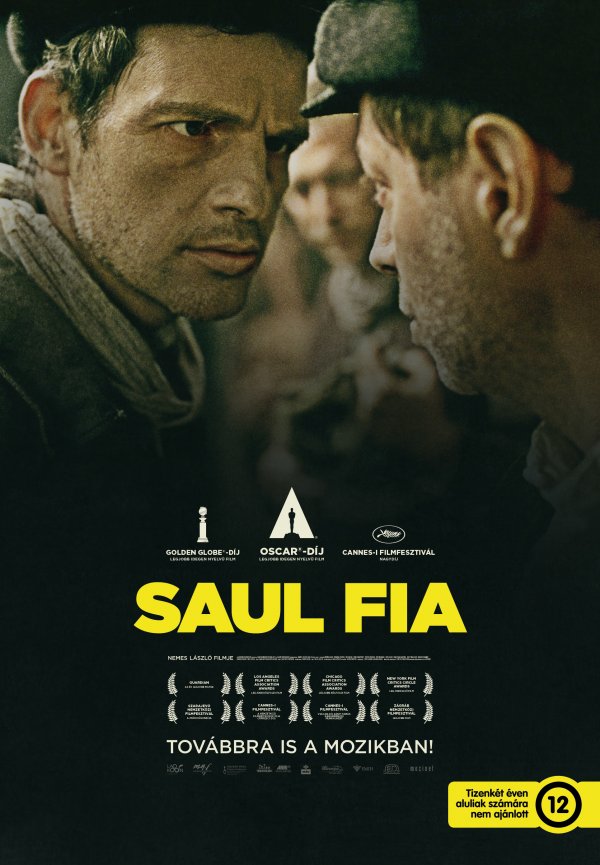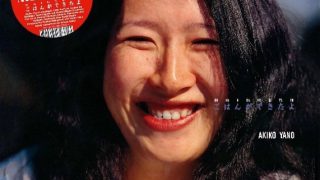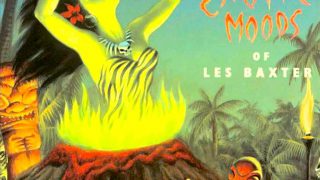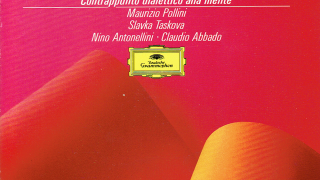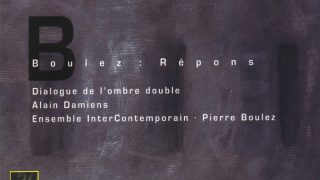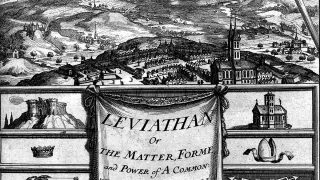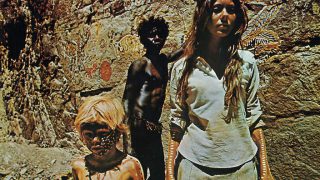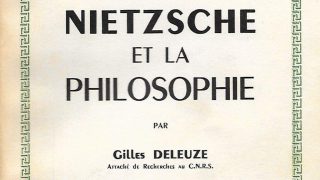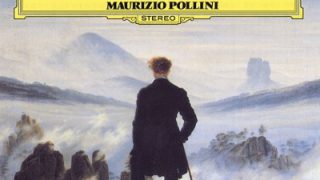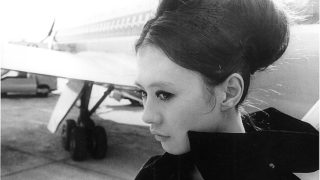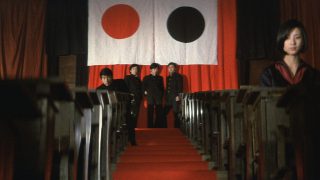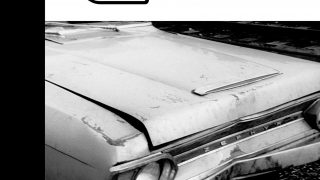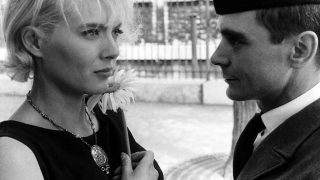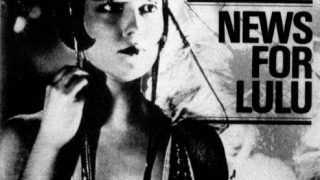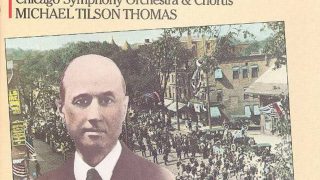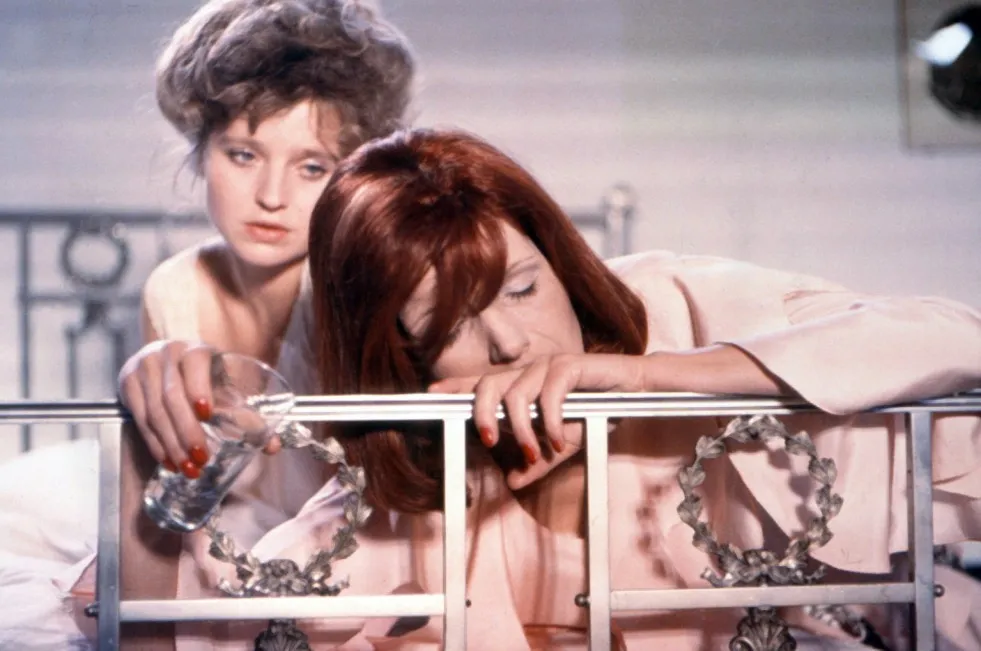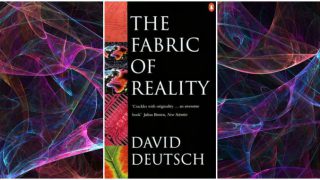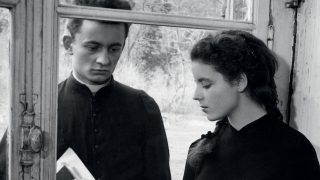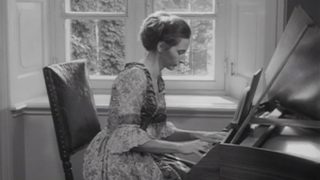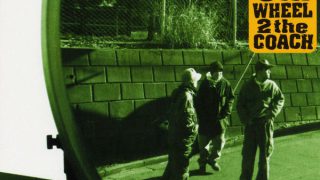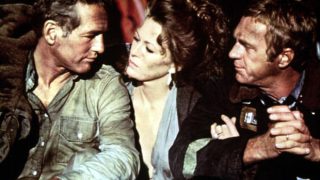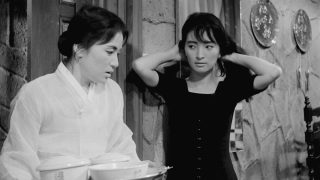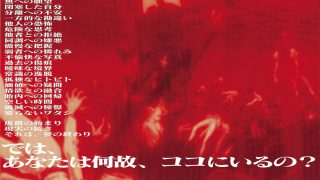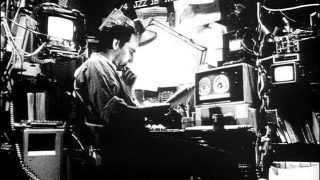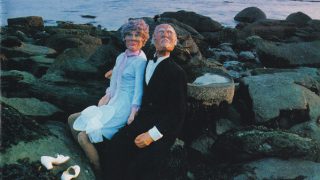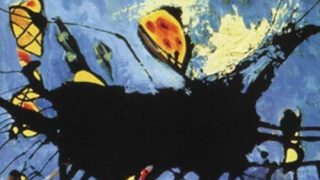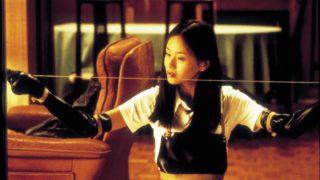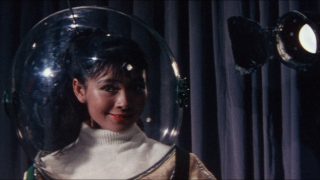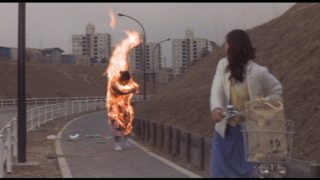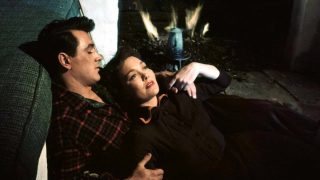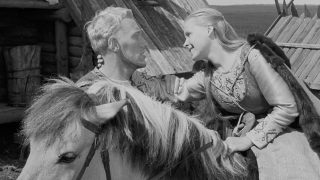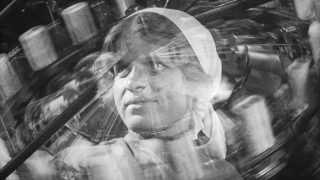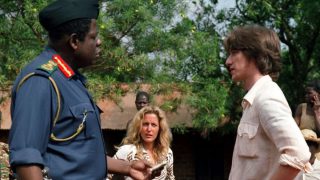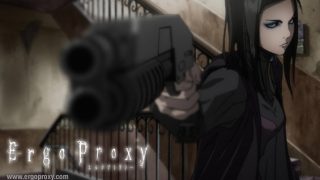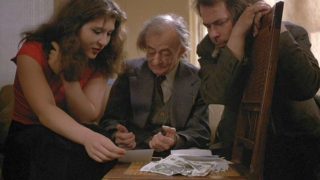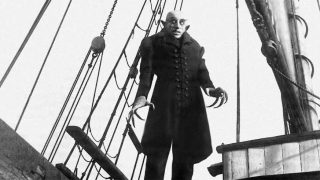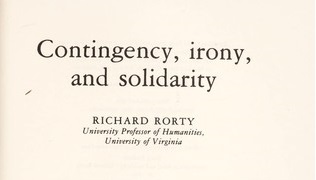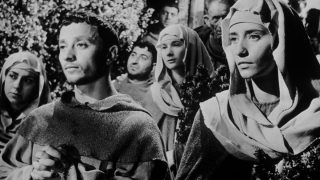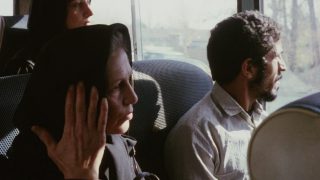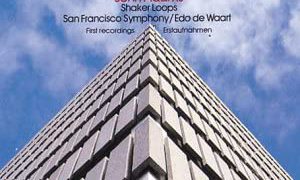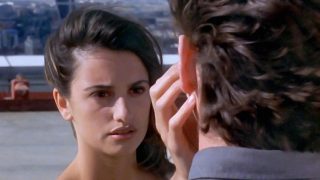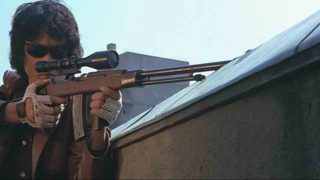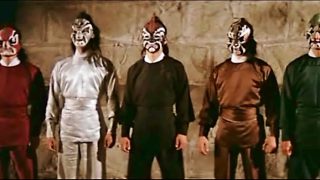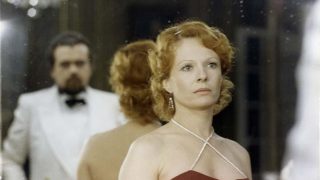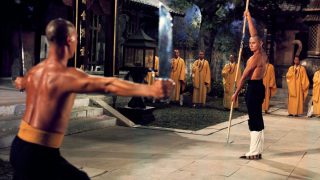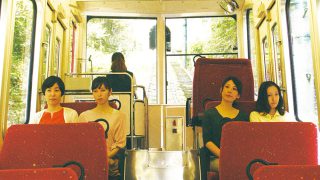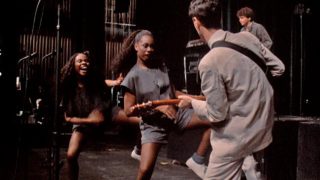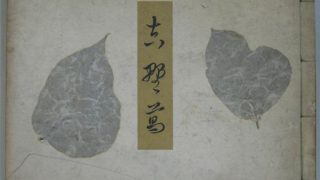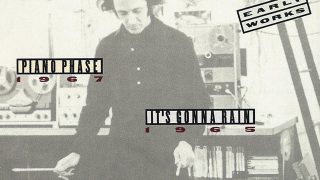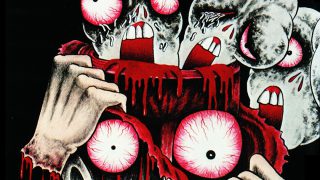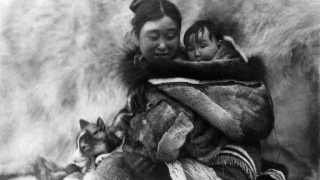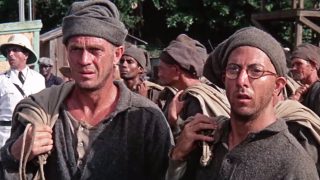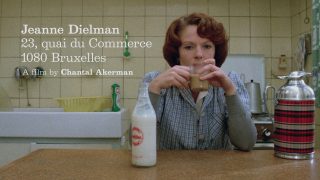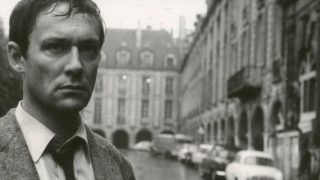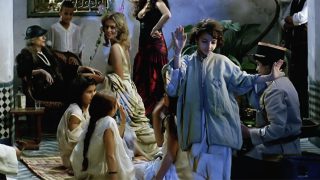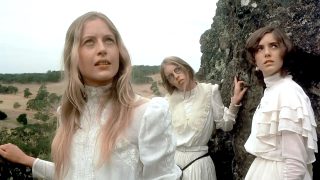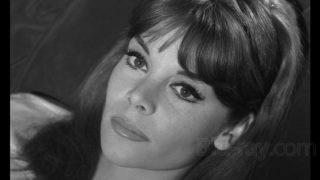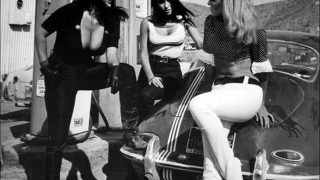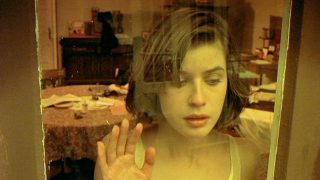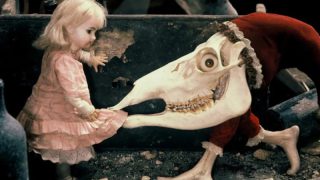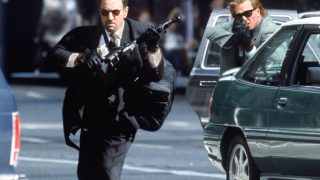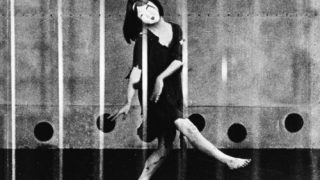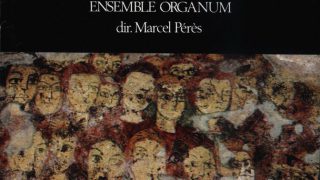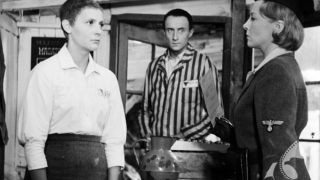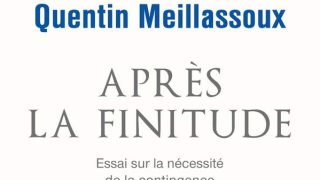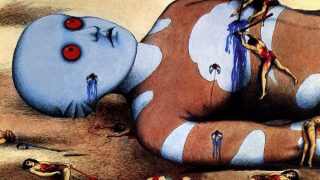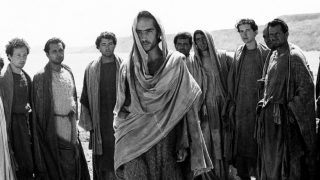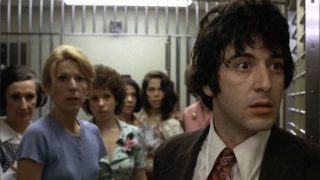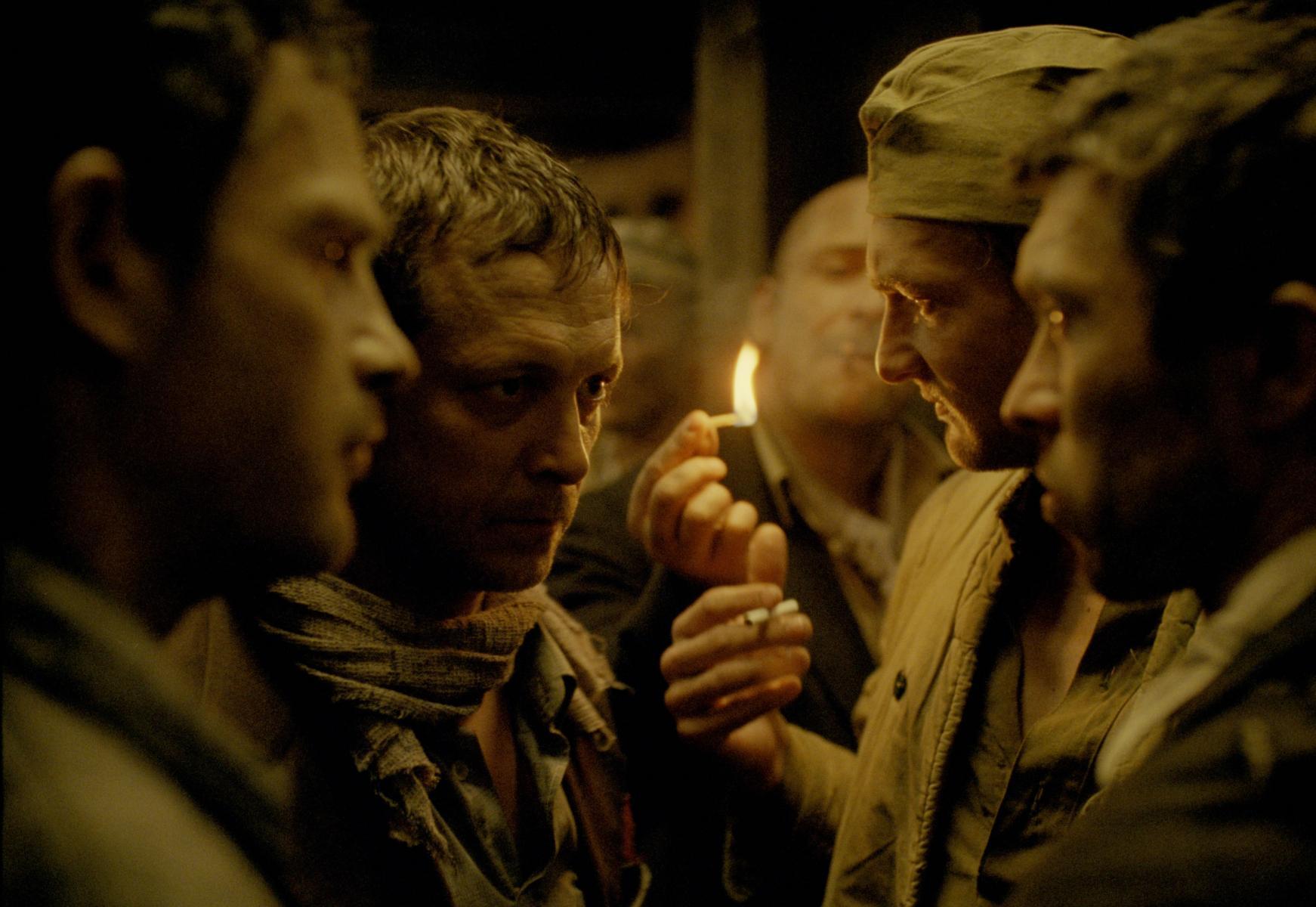Overview
“Son of Saul (Saul fia)” is a 2015 Hungarian historical drama film directed by László Nemes. It is his feature directorial debut. Set in the Auschwitz Concentration Camp during World War II, it follows the events of a day-and-a-half of a Hungarian member of the Sonderkommando (work units of the prisoners who were forced to dispose of the bodies of gas chamber victims) with distinctive camerawork by use of a handheld camera. The languages are German, Hungarian, Polish, Yiddish, Russian, Slovak, Czech, and Greek. 107 minutes.
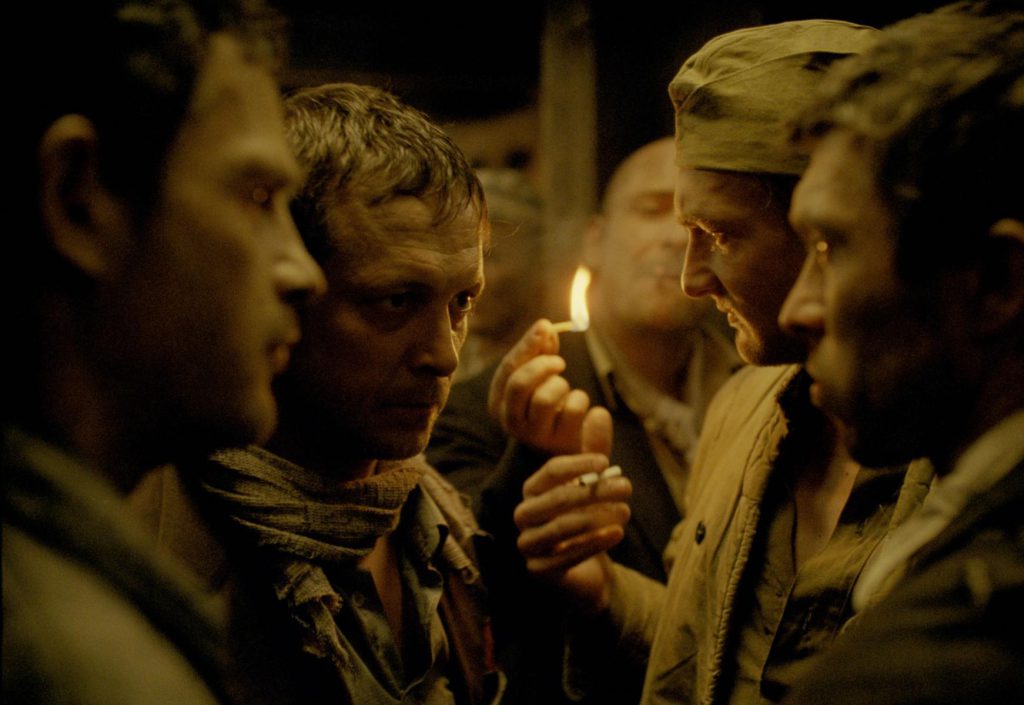
Plot
In October 1944, Hungarian Jewish prisoner Saul Ausländer (Géza Röhrig) works as a Sonderkommando in the Auschwitz-Birkenau Concentration Camp in Poland. His job is to lead the victims to the gas chambers, salvage valuables from the clothing of the dead, haul out the bodies from the gas chambers, and scrub the gas chambers before the next group arrives.
One day, Saul finds a boy still living and breathing among the dead in a gas chamber. He believes the boy to be his son. A Nazi physician suffocates the boy, and he orders prison doctor Miklós (Sándor Zsótér) to do an autopsy on the boy’s body.
Saul becomes obsessed with his wish to bury the boy in the formal style of Judaism. Saul asks Miklós to not dissect the boy. Miklós declines, but he says that he gives Saul five minutes alone with the boy tonight.
Saul starts looking for a rabbi who performs the burial ritual of the boy.
Sonderkommando Abraham (Levente Molnár) has been preparing for an uprising against the SS-guards, collecting weapons, while Oberkapo (chief kapo) Biederman (Urs Rechn) is going to call in outside help by photographing the camp’s atrocities and smuggling the pictures outside.
Saul is told by his friend Yankl (Attila Fritz) that there is a Greek rabbi who has lost his faith, called “the Renegade”, in another Sonderkommando unit.
To look for the rabbi outside, Saul offers Biederman his help for taking pictures. Saul and Biederman’s comrade Katz (István Pion) visit a shack near a crematorium under the pretense of repairing the lock. While Saul pretends to fix the lock, Katz takes pictures of the incineration of the bodies.
Saul sneaks onto a truck for another Sonderkommando unit. He finds “the Renegade” in the truck. The truck arrives at a nearby riverbank, where Sonderkommandos start dumping the ashes from the crematoria into the river.
Saul asks the Renegade to help. The Renegade refuses to help. Saul tries to make the Renegade help by threatening him, and the Renegade refuses yet again. Saul and the Renegade are interrogated by the SS-commandant. Saul is allowed to go back to his unit, but the Renegade is executed.
Miklós has hidden the boy’s body in the autopsy room. Saul sneaks into the autopsy room, puts the body in a sack, and brings it back to his own barrack.
Abraham orders Saul to receive a package of gunpowder from a female prisoner named Ella (Juli Jakab). After receiving it from her at the female camp, Saul encounters a crowd of newly arrived Hungarian Jewish people, who are being led into the woods for execution. Saul looks for a rabbi in the crowd. A man named Braun (Todd Charmont) approaches Saul and says he is a rabbi. Saul disguises Braun as a Sonderkommando and takes him back to the camp.
The next morning, Abraham discovers that Biederman and his unit have been gassed to death by the SS. He starts a riot with other prisoners and they attack the SS-guards.
Saul escapes from the camp to the woods with Braun and other prisoners, carrying the boy’s body.
When Saul is going to bury the boy’s body at the riverside, he finds Braun is not a rabbi because Braun can’t recite the Kaddish.
Hearing the SS-guards approaching, Saul escapes into the river, and the boy’s body washes into the river.
Saul and other prisoners hide inside a shed in the woods. They start to discuss a plan to join the Polish resistance. Saul notices a peasant boy peeking into the shed. Saul smiles at the boy. After the boy leaves, the SS-guards head to the shed, and the sound of gunfire echoes in the woods.
Commentary
The story of “Son of Saul” was inspired by the book “The Scrolls of Auschwitz” (1985), a collection of testimonies by Sonderkommando members.
The episode of the revolt in the film is based on the historical fact of the Sonderkommando revolt in Auschwitz in October 1944.
The film is characterized by its peculiar camerawork. The shaky handheld camera keeps following the central figure Saul and his sight with a shallow depth of field, a narrow field of vision, and long-take shots, almost throughout the film. The intentionally narrowed imagery is complemented by the sound and the audience’s imagination. The extremely subjective camerawork gives the film reality and a you-are-there feeling like a documentary film.
In the film, Saul is portrayed as a person who has lost almost all of his humanity, and his wish to bury the boy’s body is depicted as an expression of a modicum of humanity left in his mind.
It is a precious film in that it makes the audience experience the fear of dehumanization in Auschwitz as opposed to dramatizing the Holocaust as a tragedy.
The film won many awards, including the Grand Prix at the 2015 Cannes Film Festival, Best Foreign Language Film at the 88th Academy Awards, and the 73th Golden Globe for Best Foreign Language Film.
